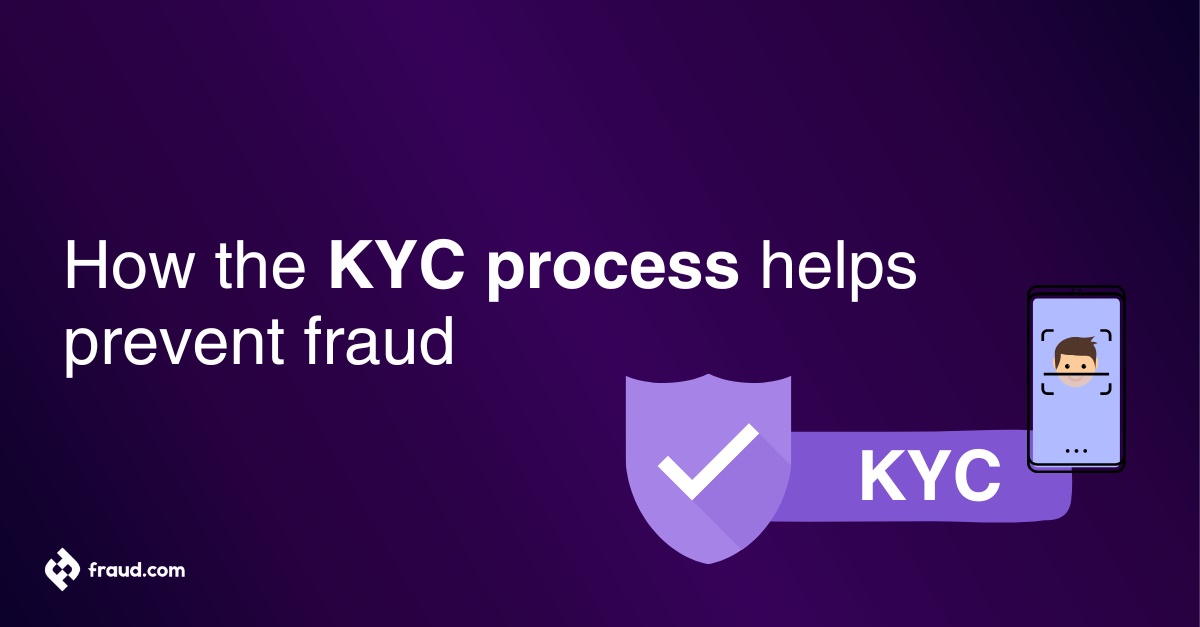Fraud has been around since the dawn of commerce. The earliest recorded case of fraud goes way back to 300 BC, a Greek merchant named Hegestratos took out a large insurance policy on a shipment of cargo, corn to be exact. Hegestratos attempted to sink his boat, sell the corn, and keep the insurance proceeds but to no avail. In the end, the plan fell through, becoming the first fraud example on record. From here fraudsters have only evolved in their methods and schemes to defraud the global financial system. Technology has evolved to keep money safe, but criminals have evolved in parallel looking to take advantage of a complex global financial system. This article will take a closer look into the actual cost of fraud, examining how it impacts both businesses and financial institutions.
Fraud is a Global Problem
Fraud is a global nuisance. It robs from our financial institutions; adversely impacting merchants, banks, insurance companies, and everyday individuals. Fraud is a global epidemic, occurring in every country in the world on some scale. According to a PwC study, global economic crime has been on the rise in just the last two years, increasing 17% in North America, 16% in Asia, and 25% in Latin America. Fraud can range from small insurance claims to complex money laundering operations involving multiple countries. Companies as large as life can also be crippled by fraud, simply look at Enron or WorldCom.
Today’s global business environment is more complex than ever. Businesses being able to accept payments over any number of channels creates a complex arena for fraudsters to seize opportunities. With the ability to bank anywhere at anytime, banks are having to monitor heavy transaction traffic while trying to sniff out suspicious and fraudulent activities. With data sharing across bank service channels being a challenge, it can allow fraudulent transactions to seep through, eroding the bottom line for both businesses and financial institutions. Fraud has an even bigger impact in a globally connected world as everyone suffers from these illegal actions. When unauthorized transactions are allowed to pass through the banking system, it hurts not only businesses and banks but also society as a whole.
The True Costs of Fraud
A 2014 report showed the typical business loses 5% of annual revenues due to fraud. When this is applied to global GDP from the year prior, the result is an estimated $3.7 trillion in annual fraud losses. This figure is staggering, to say the least. What is also even more staggering is only a reported 14% of businesses are able to fully recover from unauthorized transactions and other fraudulent activities.
Fraud activities have been on a rapid incline in recent years, fueled by technology and more complex fraud schemes by criminals. A 2016 Lexis Nexis True Cost of Fraud Study weighted U.S. merchant data focusing on fraudulent transactions which were attempted per month, compared to ones which were successful. The results showed from 2012 to 2016, fraud attempts per month increased from 170 to 442, an increase of 160%. This same data showed in 2016 alone, fraudsters were successful in 47% of fraudulent transactions against merchants. This data is quite alarming when you annualized the data in 2016 alone, 5,304 fraudulent transaction attempts per year, 2,493 successful transactions, or 7 successful fraud transactions per day! The numbers are staggering from this survey on how fraud is adversely impacting businesses and banks globally.
The rising costs of fraud as a percentage of revenues should present a cause for concern to the global economy. The same Lexis Nexis study found from 2013 to 2016 the cost of fraud as a percentage of merchant revenues grew from .51% to 1.47%. When fraud takes from business revenue, the additional costs are usually passed on to the market, showing that fraud is truly a global problem that impacts those all over the world. The cost per dollar of fraud losses is also increasing rapidly which is a concerning trend for businesses and banks alike. In 2016, U.S. merchants reported the total cost per dollar of fraud losses to be $2.40.
This means for every dollar of losses, businesses must spend an extra $2.40 on chargebacks, fees, and merchandise replacement. Wonder where these costs go? Correct, on to the consumer as many businesses can simply not afford to retain these losses and stay afloat. These statistics show exactly how fraud is never a localized issue, but one that impacts financial markets all over the world.
What can be done
We know fraud is on the rise but what can be done to meet the challenges of doing business safely in a technology-driven globalized economy? A few recommendations for businesses to combat fraud and improve fraud management systems is focusing more heavily on remote channels and improving fraud origination practices. Let’s take a closer look at these risk management strategies.
Focus on remote channels
Remote channels are experiencing a sharper rise in the cost of fraud losses. Remote channels being any channel not requiring a physical point-of-sale (POS) system for transactions. Over the past few years, businesses have seen significant increases in fraudulent transactions on remote channels. This is alarming as more and more businesses are going online, making POS transactions less market-friendly than in past years. Statistics show remote channels (including mobile) have seen a steep increase of 9% in year-over-year fraudulent transactions compared to only 3% for POS channels only. This is an alarming trend that will not decrease unless proper fraud mitigation actions are implemented. Lexis Nexis recommends that remote businesses consider some combination of automated transaction scoring/rules and logic filtering, real-time transaction tracking, transaction/customer verification and authentication, geo-location and/or device identification.
Fraud Root Cause Analysis Improvement
Fraud must be tracked to the fullest extent, across all payment methods and channels. Fraud origination is imperative in creating a sound fraud management system which finds where fraud is occurring and puts in place mitigation practices preventing future activity. Fraud costs being tracked by payment method and fraudulent transactions by channel must both be analyzed, not one over the other. Data shows businesses focus more on fraud by payment methods (e.g. debit, credit cards) then by payment channel (e.g. in-store, online), when fraud exists in both areas. Finding the root cause of fraud requires businesses to manage fraudulent behavior in all payment methods and channels. Only then can fraud mitigation strategies be effective in reducing the frequency and severity of fraudulent behavior.
Wrapping Up
Fraud is a worldwide issue impacting both domestic and global markets. Businesses being able to reach customers anywhere in the world with a mobile or internet connection has created immense growth opportunities. However, this has also created new opportunities for criminals to find ways to engage in fraudulent transactions on a multitude of payment methods and channels. Fraud mitigation strategies must evolve with financial technologies in order to decrease the adverse impact of fraud on businesses and the overall economy. With fraud on the rise, it is now the time to step up and fight back to protect our businesses and global economy.









